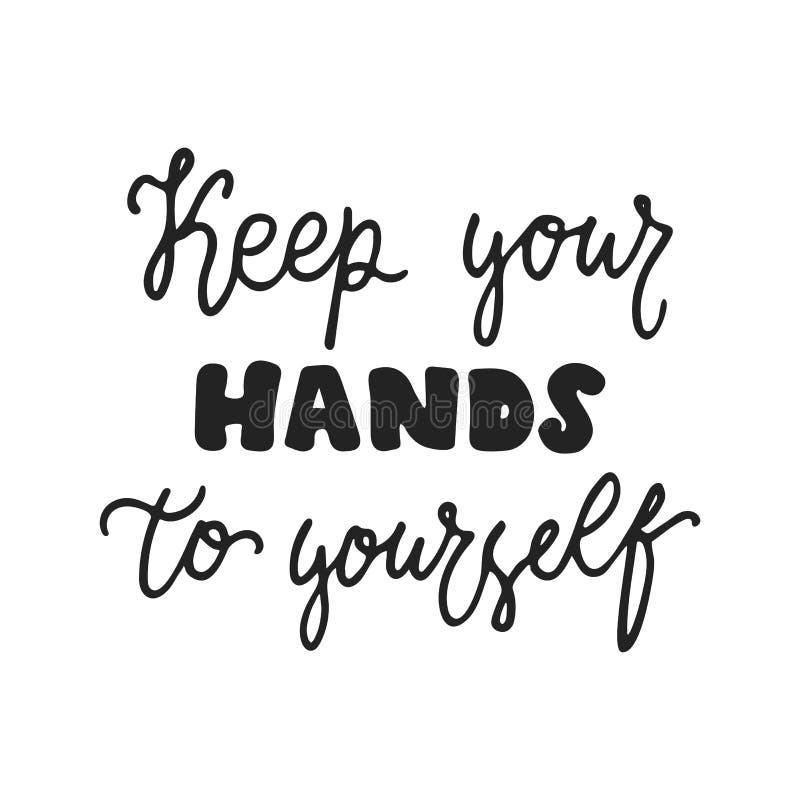
“Anything that we had left in interest of people wanting to be a lifeguard dropped off when COVID came, because we have to have people come out, get close and personal, doing CPR training, extracting people from the water, and we couldn’t do that training anymore.

“COVID put an all-stop to it,” Werneth says. He says the pandemic catalyzed a steady decrease in interest for lifeguard positions. Wyatt Werneth is with the American Lifeguard Association, a national organization specializing in lifeguard training. A third of public pools across the country are short on lifeguards, according to reporting from NPR. Pre-pandemic, we were seeing between 80 and 120 lifeguards, and that’s the number that we typically use to run the pool and the beaches.” “From a numbers standpoint, we have 37 lifeguards that we’ve hired working at the pool this summer. “We just aren’t getting the number of guards that we had seen pre-pandemic,” Thompson says. He says that the drop in lifeguards started in 2020.

Terrence Thompson is the Park’s Division’s Community Services Manager. That includes removing the diving raft at BB Clarke Beach. While those beaches are currently open to swimmers, officials with the Park’s Division have had to make some changes to keep swimmers safe. Like last year, Madison’s 12 public beaches are not being watched by lifeguards this summer. The city’s Parks Division will not be installing the diving raft at the beach this year due to a shortage of lifeguards. If you’re looking to get your dive on at BB Clarke Beach on Lake Monona this year, you’re outta luck.

#Other ways to say keep your hands to yourself how to
When we teach children what is and is not acceptable with touching you start to see children learn how to meet their needs in a more socially acceptable way.We accept submissions in most genres and styles of music, focusing on noncommercial, out-of-the-mainstream, independent releases (check out our playlists and music charts for more information.) It may take up to a few weeks for us to review and process your submission so we appreciate your patience, and feel free to contact us to follow up. So when children are told to keep their hands to themselves it is not modeled for them within their environment. Touch can fulfill a variety of needs for a child and honestly, children touch each other, A LOT. The challenge that I see with “keep your hands to yourself” is that it focuses on what the child is not suppose to do, but does not give a child a solution to help them meet their need. ~When you know the child is touching for social interactions you can show them how to initiate social interactions in a more pro-social way ~When you know the child is touching to fulfill their need for sensory input, you can redirect them with a sensory based experience and say “your friends don’t like to be touched right now, but you can play with this until they are ready” ~When you know the child is hitting to communicate their frustration, you can model hitting the floor and say “we don’t hit our friends, but we can hit the floor”

When you determine WHY the child is touching, it gives you an opportunity to determine a plan of redirection to support the child for future success. ~Is the child touching for social interaction? ~Is the child touching to fulfill their need for sensory input? ~Is the child hitting to communicate frustration? Instead of “keep your hands to yourself”, I teach parents, teachers and caregivers how to determine WHY the child is touching others and then support them with specific redirections. I’m guilty! I have a son that spent most of his elementary days on “red” because he couldn’t keep his hands to himself.Īs a parent coach and pediatric speech pathologist, I love helping children and families build confident connections. If you are a mother, teacher, or caregiver you have certainly uttered these words to a child.


 0 kommentar(er)
0 kommentar(er)
